PhET Simulations
A collection of simulations from PhET.
curated by Charles LaPierre
Resources 15
-
Balloons and Static Electricity
-
 Simulation
Simulation
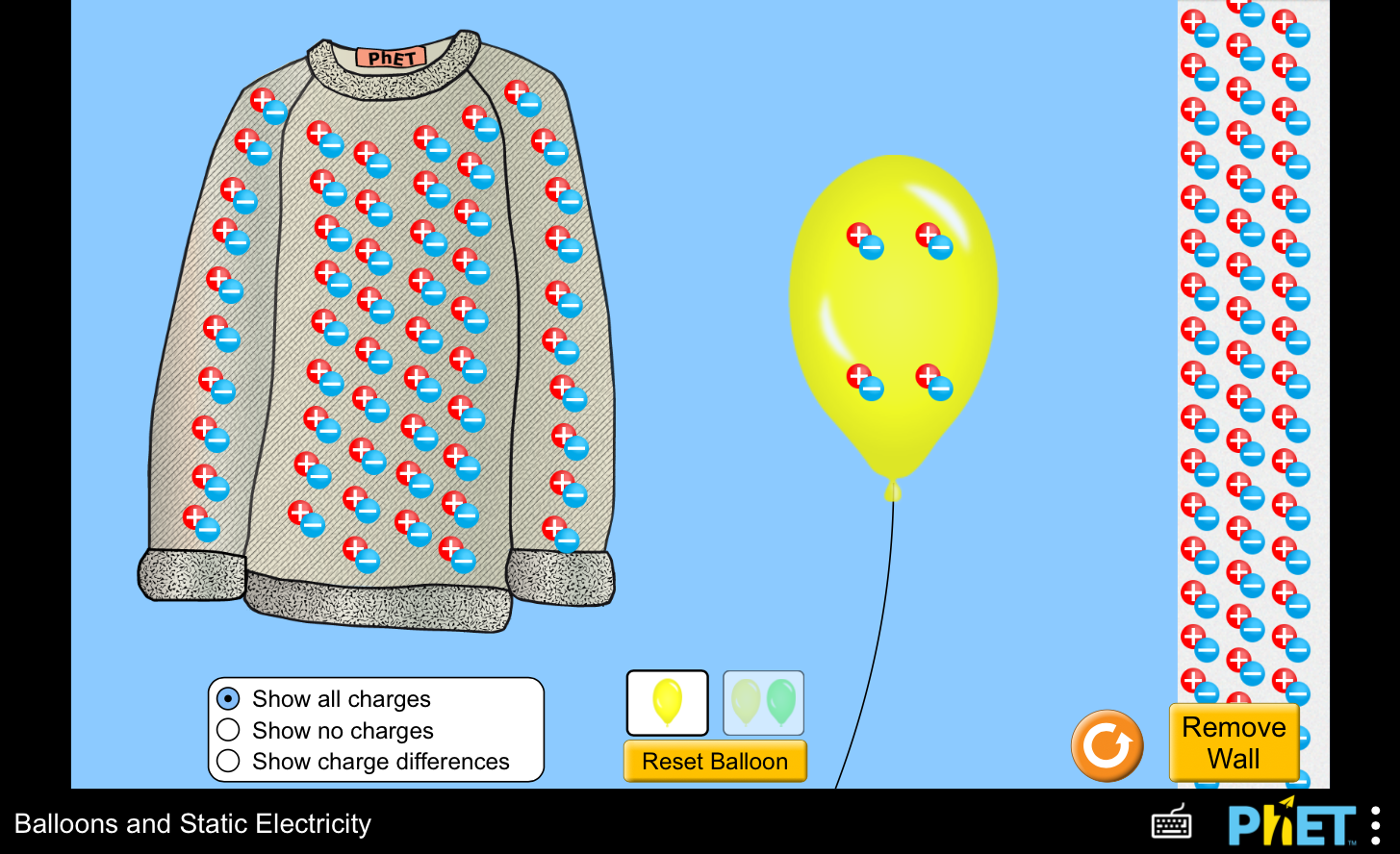
Grab a balloon to explore concepts of static electricity such as charge transfer, attraction, repulsion, and induced charge.
(Source: PhET Interactive Simulations)
-
-
Capacitor Lab: Basics (Prototype)
-
 Simulation
Simulation
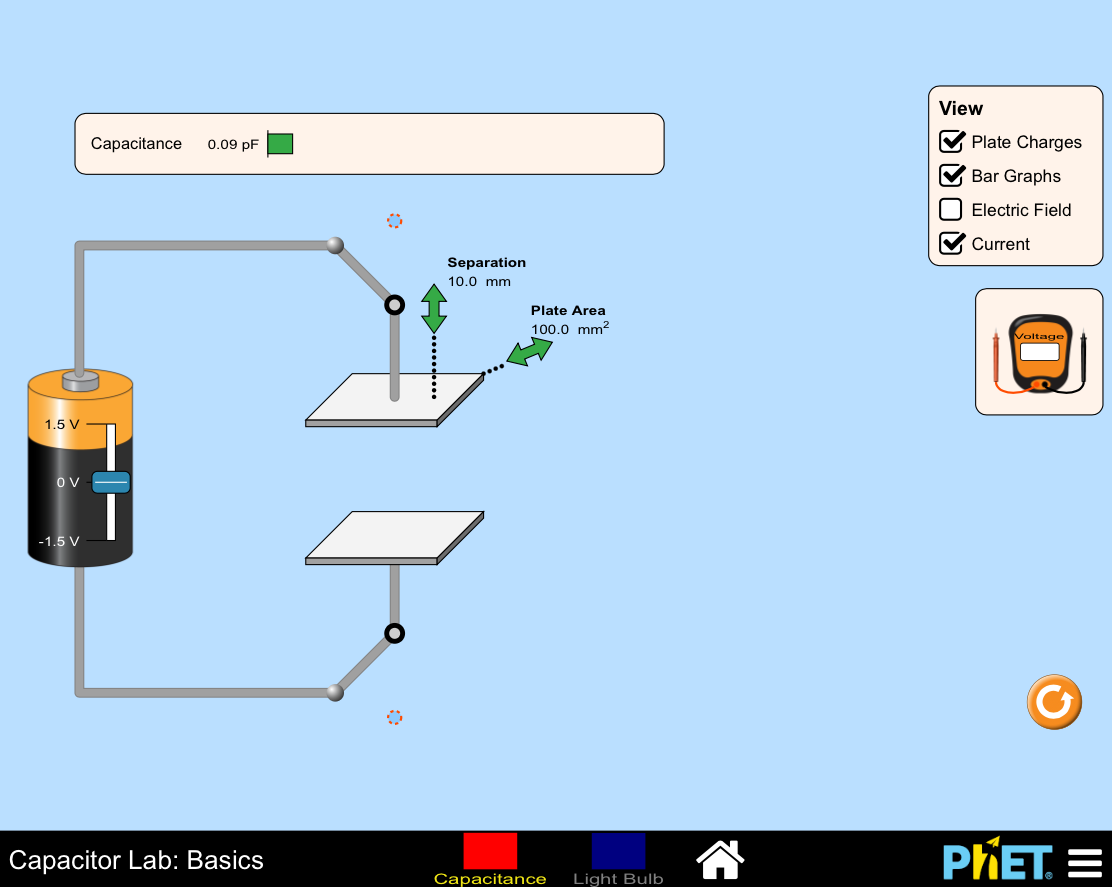
An early exploration (2015) into how to make a sim accessible has taken place for Capacitor Lab Basics. The sim is keyboard navigable with some auditory descriptions when using 'Forms' mode with a screen reader. We are working on updating the content and the interactions, so that the simulation can be accessed by a screen reader in any mode. This prototype has been tested with NVDA and Firefox.
(Source: PhET Interactive Simulations)
-
-
Coulomb's Law
-
 Simulation
Simulation
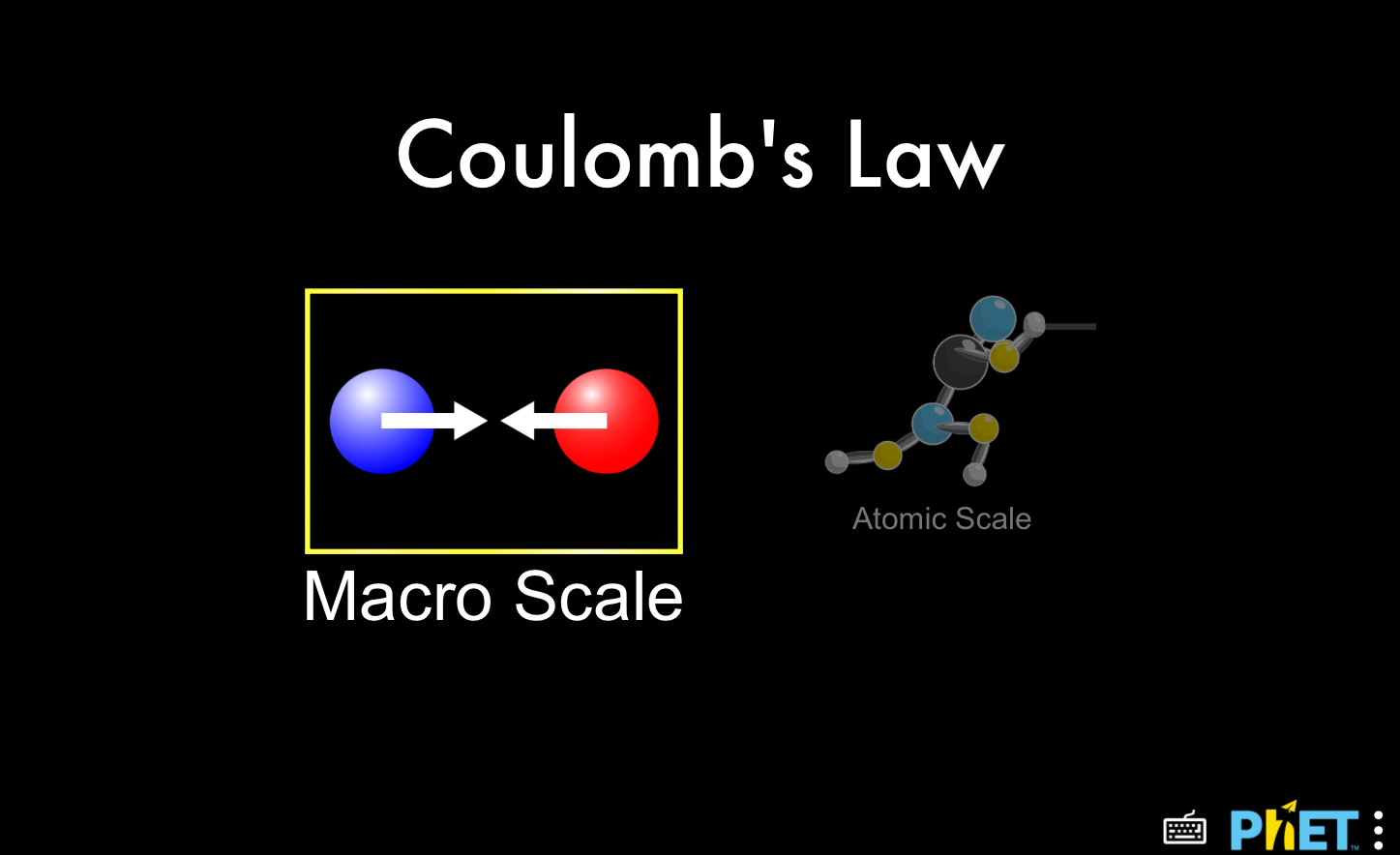
Observe changes to electrostatic force as you play with the distance between charges and charge amounts at both macro and atomic scales.
(Source: PhET Interactive Simulations)
-
-
Forces and Motion: Basics (Prototype)
-
 Simulation
Simulation
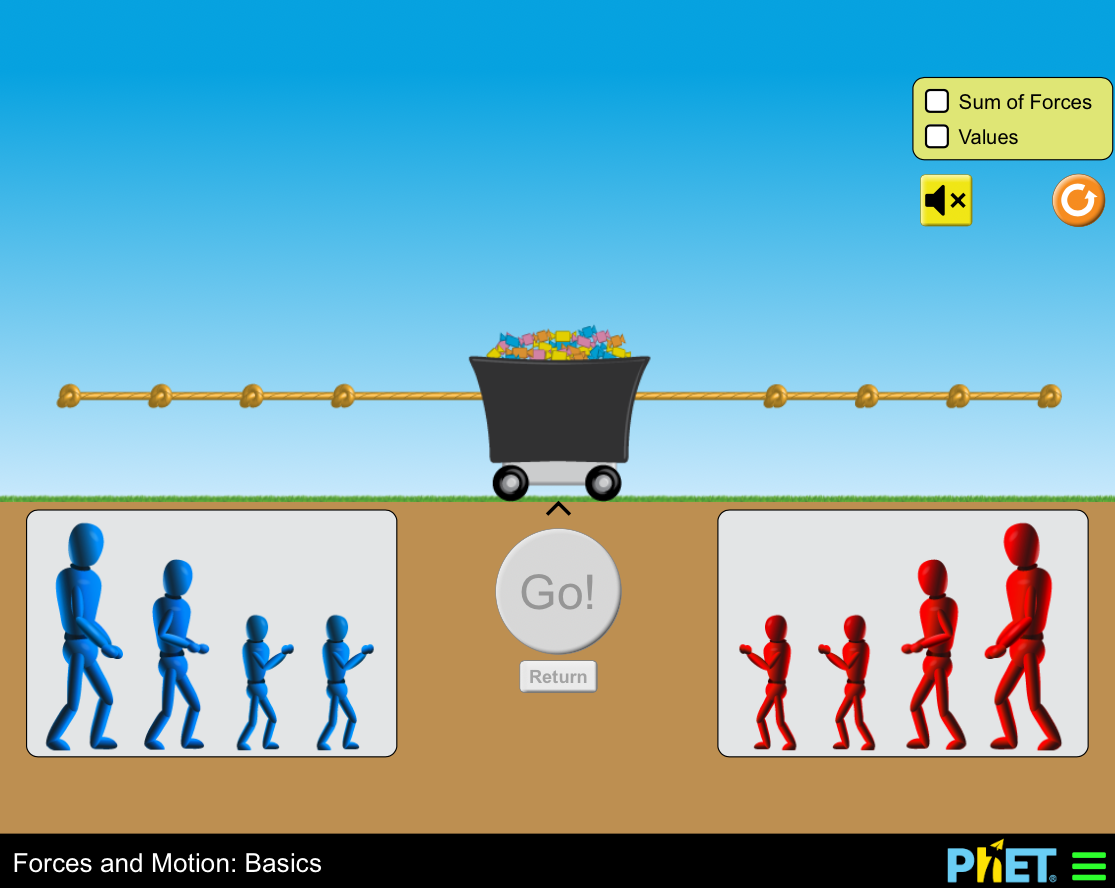
An early exploration (2015) into how to make a sim accessible has taken place for Forces and Motion Basics. It has working keyboard navigation and auditory descriptions for the 'Net Force' screen when the screen reader is in 'Forms' mode. We are working on updating the content so that it can be read by the screen reader in any mode. Notes for the main interaction: Press 'Enter' or 'Spacebar' to enter a group of pullers. Once in the group, use 'Arrow' keys to choose which puller you wish to select. Press 'Enter' or 'Spacebar' to select puller and move to knot selection. Use 'Arrow' keys to choose between different knots. Press 'Escape' to leave a group of pullers or knots, 'Tab' to leave group and go to next element. This prototype has been tested with NVDA and Firefox.
(Source: PhET Interactive Simulations)
-
-
Friction
-
 Simulation
Simulation
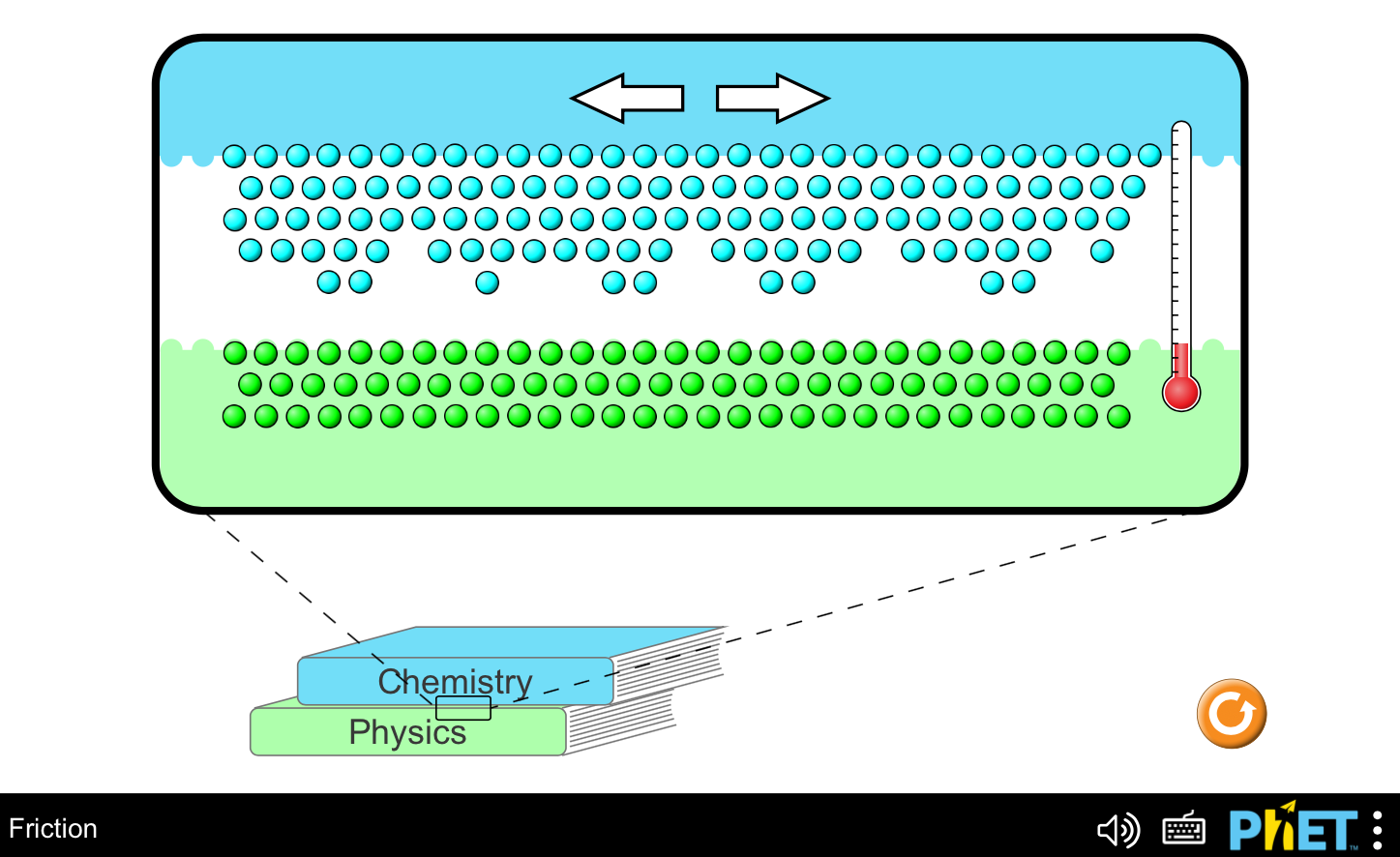
Grab the Chemistry to play and explore concepts related to friction. Note when using the VoiceOver screen reader with this simulation it is easy to activate VoiceOver's Quick Nav mode while moving the Chemistry book. For the best experience, however, we recommend keeping Quick Nav off.
(Source: PhET Interactive Simulations)
-
-
Gravity Force Lab
-
 Simulation
Simulation
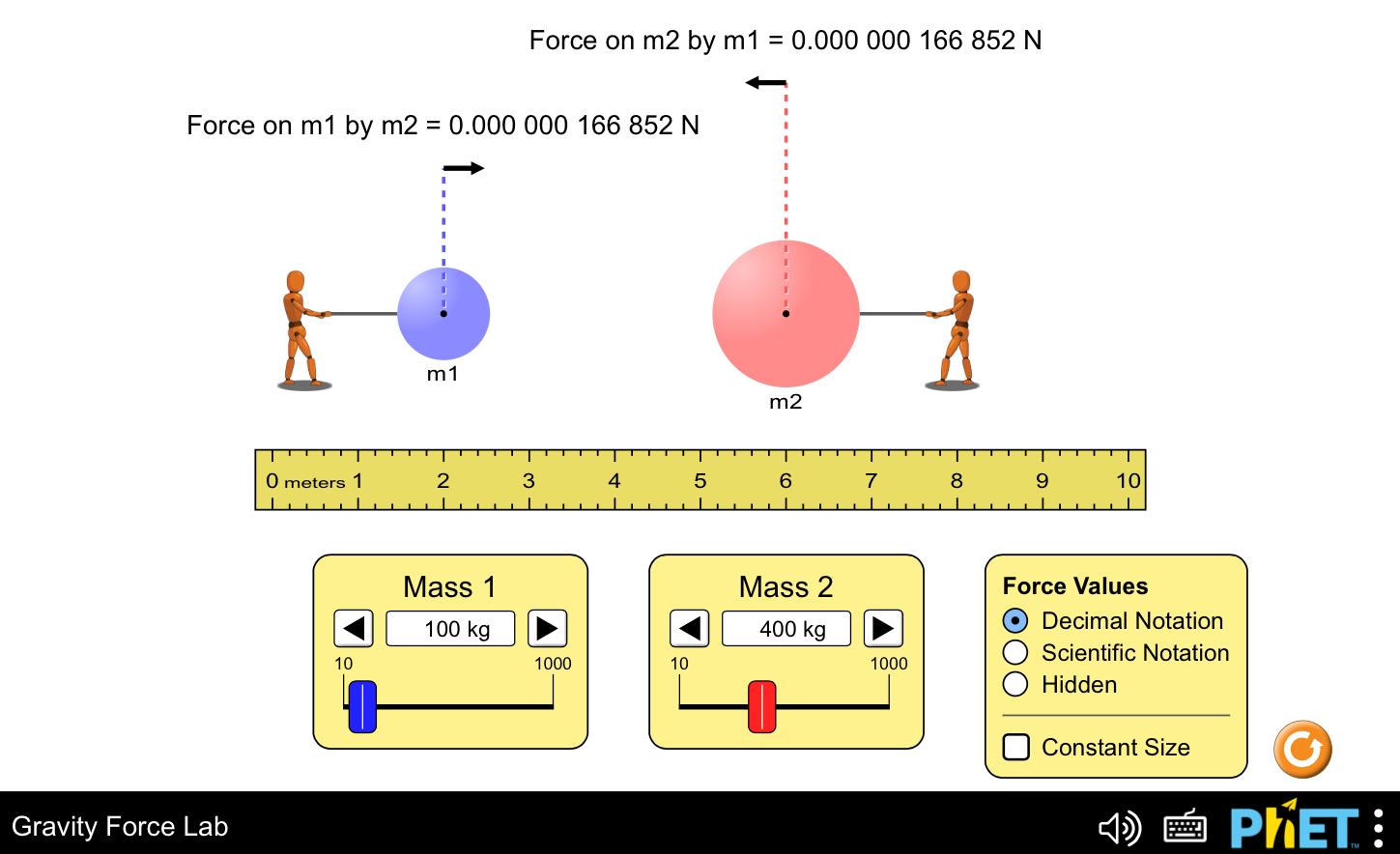
Visualize the gravitational force that two mass spheres exert on each other. Move spheres in meters, change mass in kilograms, and observe changes to the gravitational forces that m1 and m2 exert on each other.
(Source: PhET Interactive Simulations)
-
-
Gravity Force Lab: Basics
-
 Simulation
Simulation
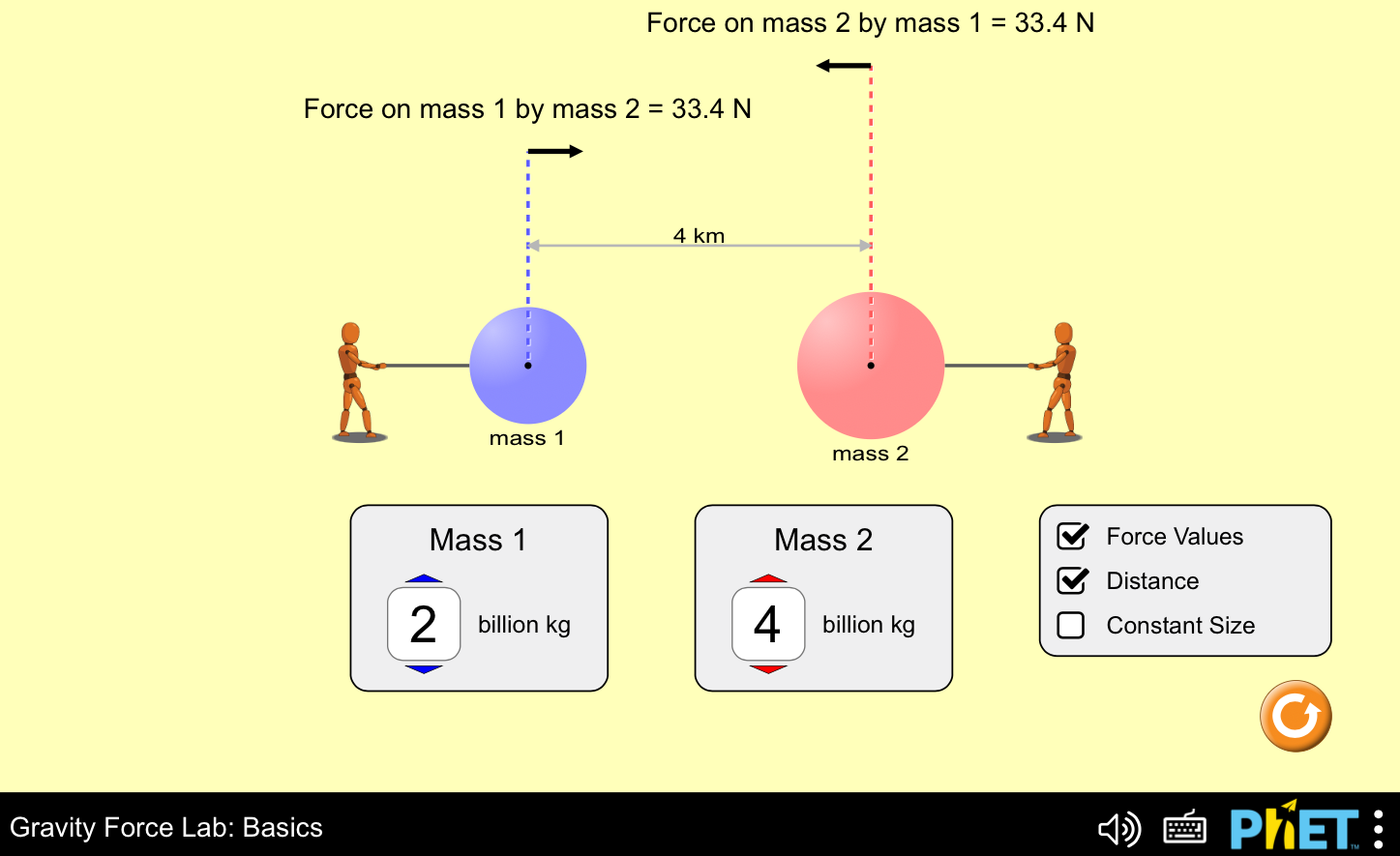
Visualize the gravitational force that two objects exert on each other. Discover the factors that affect gravitational attraction, and determine how adjusting these factors will change the gravitational force.
(Source: PhET Interactive Simulations)
-
-
John Travoltage
-
 Simulation
Simulation
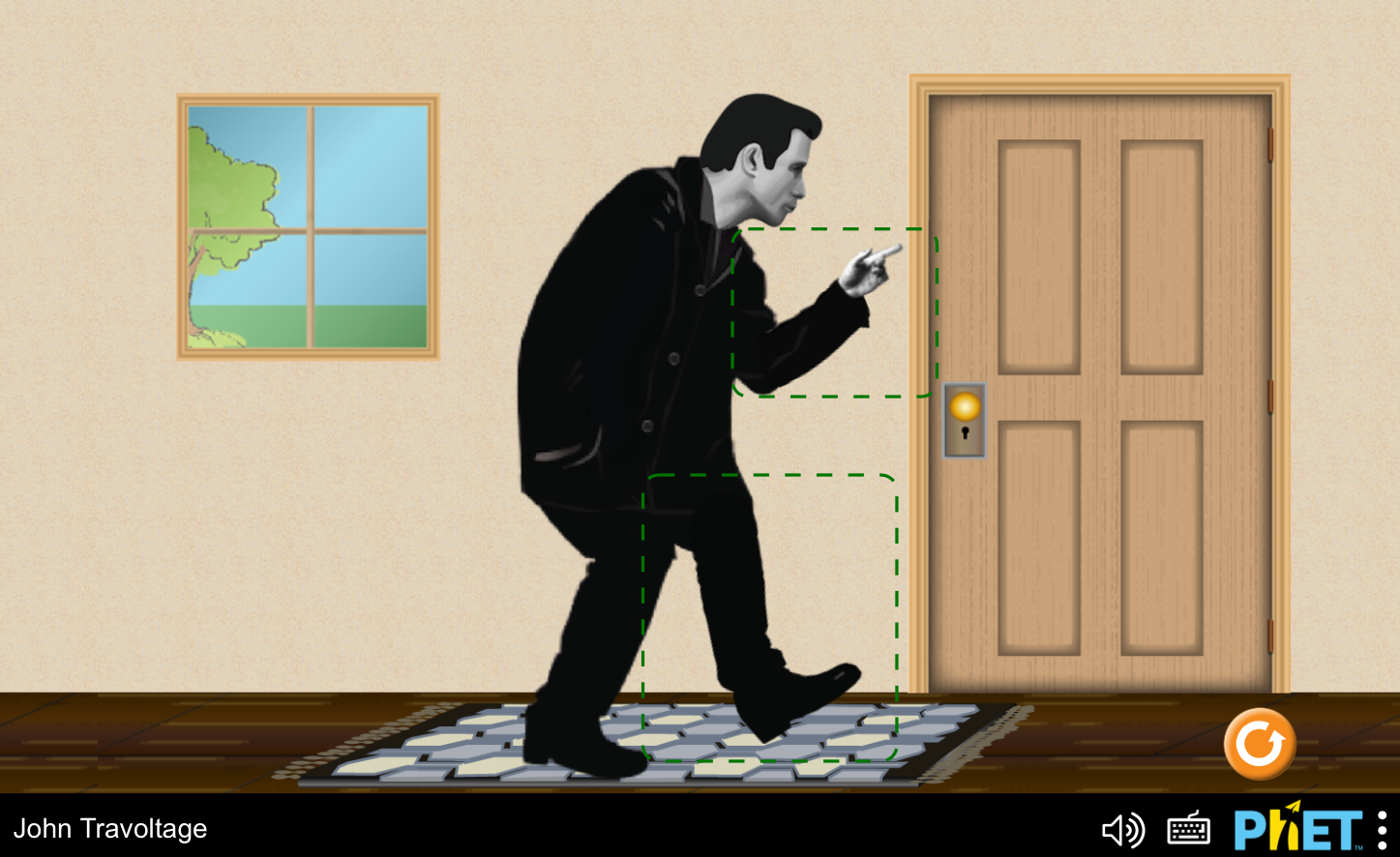
Play with John’s foot and arm to explore when he gets a zap!
(Source: PhET Interactive Simulations)
-
-
Molarity
-
 Simulation
Simulation
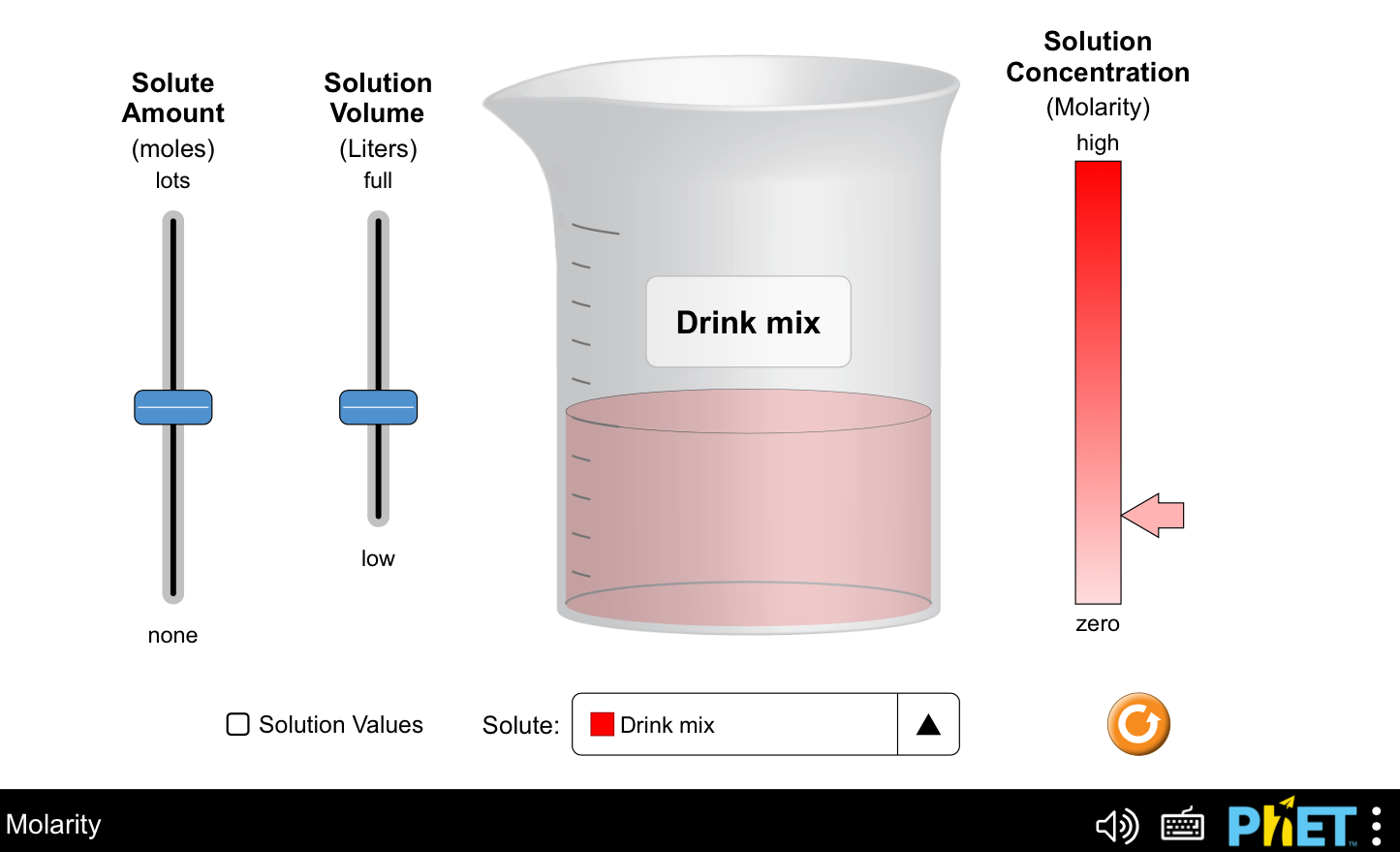
What is concentration? Explore the relationships between moles, liters, and molarity by adjusting the solute amount, solution volume, and changing solutes to compare different chemical compounds in water.
(Source: PhET Interactive Simulations)
-
-
Molecules and Light
-
 Simulation
Simulation
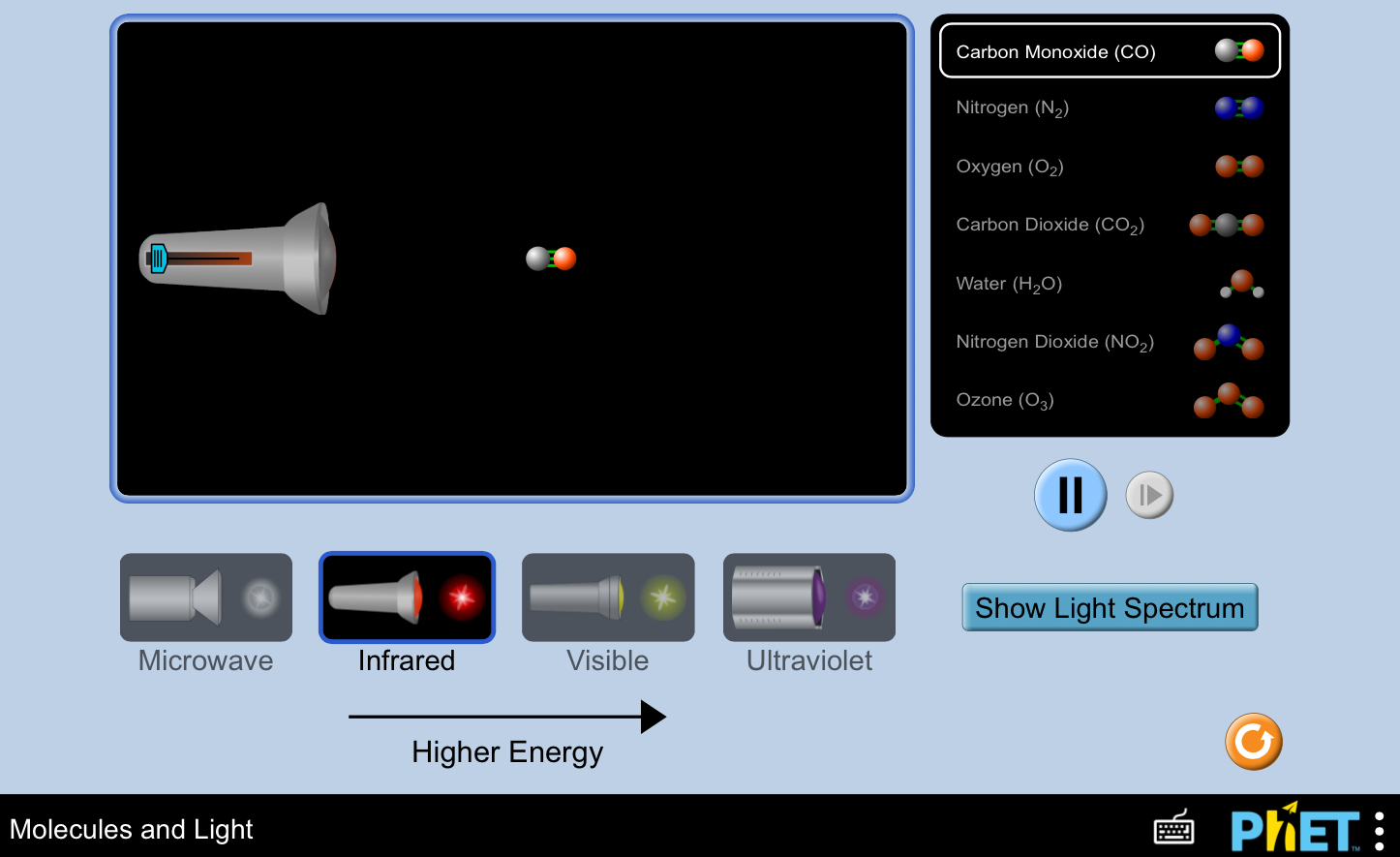
Turn light source on to explore. Observe what happens in the observation window as you set up different combinations of light source and molecule. Note this simulation is the first to support our zoom and magnification feature, so zoom in for a closer look, if you need to.
(Source: PhET Interactive Simulations)
-
-
Ohm's Law
-
 Simulation
Simulation
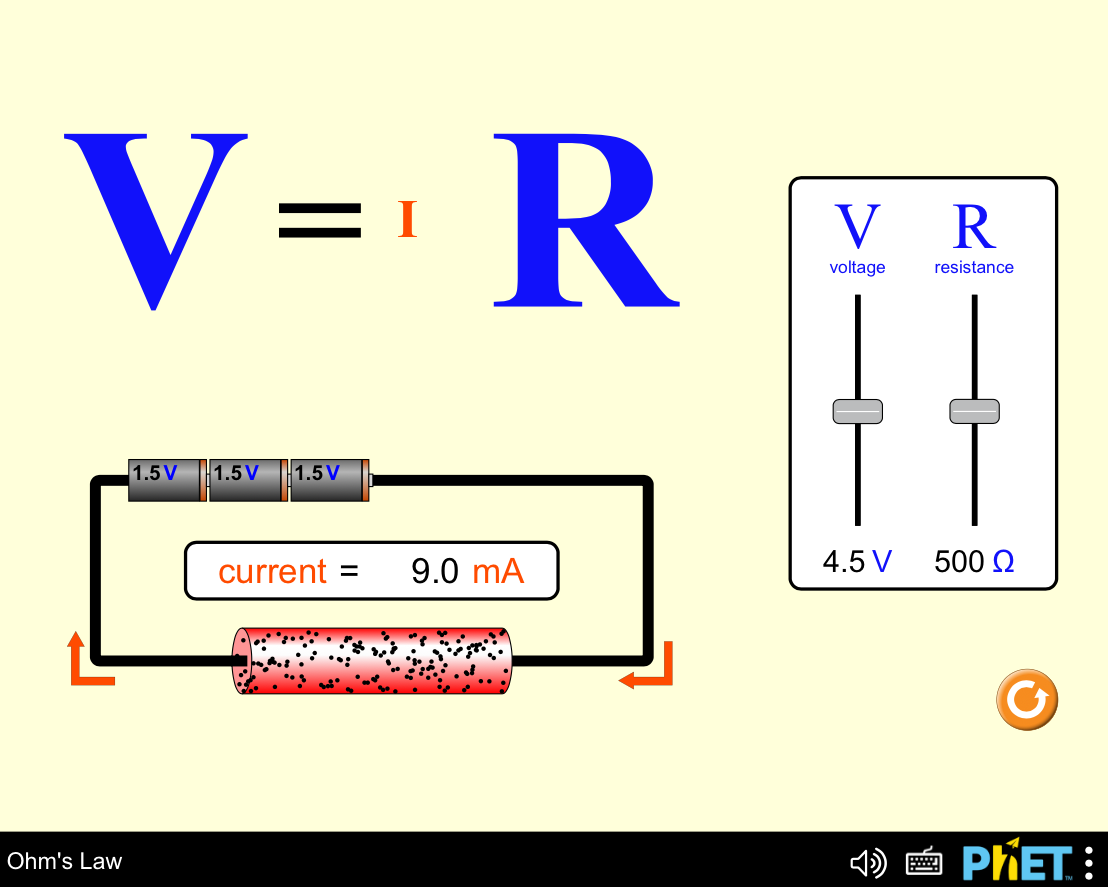
Play with voltage and resistance sliders and observe changes to the equation and circuit.
(Source: PhET Interactive Simulations)
-
-
Plinko Probability (Prototype)
-
 Simulation
Simulation

Drop balls to begin observations. Note this sim does not yet have a Keyboard Shortcuts dialog, and simple descriptions are in progress.
(Source: PhET Interactive Simulations)
-
-

Build sandwiches, then investigate molecules to explore reactants products and leftovers. Note this sim does not yet have a Keyboard Shortcuts dialog, and simple descriptions are in progress.
(Source: PhET Interactive Simulations)
-
Resistance in a Wire
-
 Simulation
Simulation
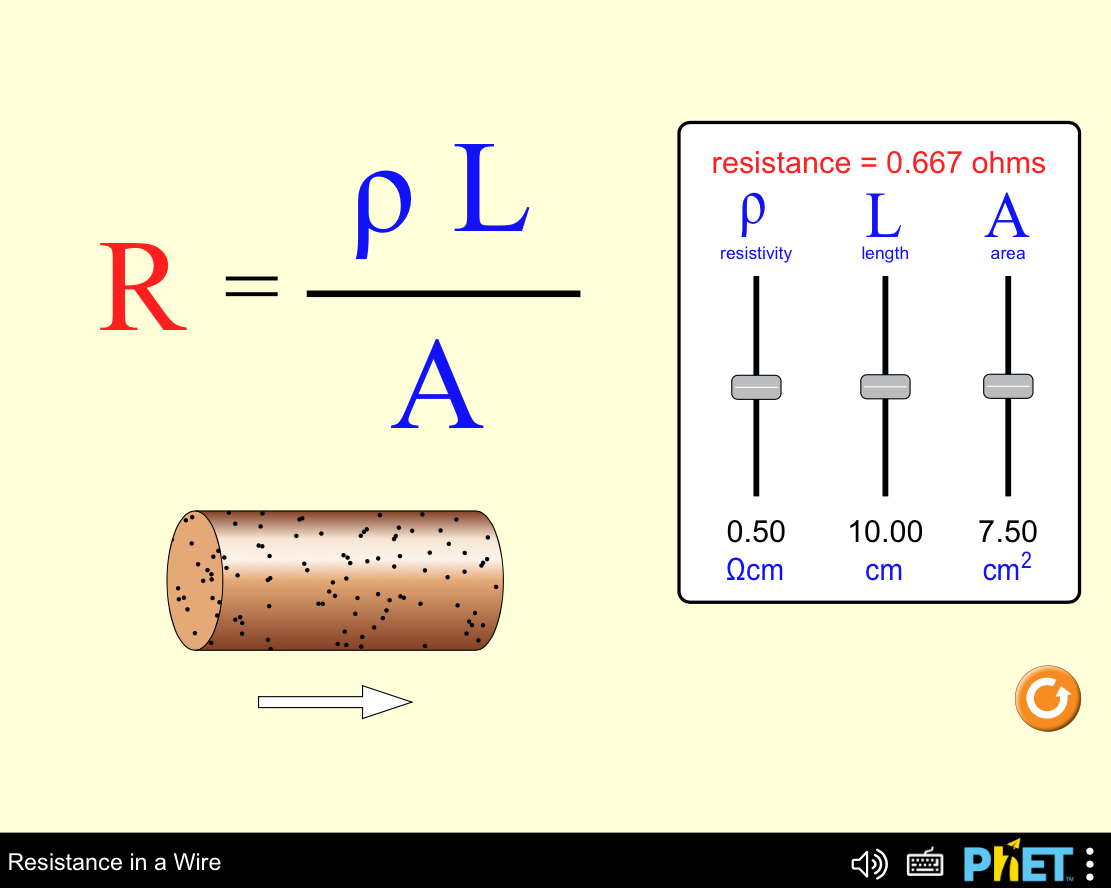
Observe changes to the equation and wire as you play with the resistivity, length, and area sliders.
(Source: PhET Interactive Simulations)
-
-
Rutherford Scattering (Prototype)
-
 Simulation
Simulation

Stream alpha particles to begin observations in Rutherford’s experiment. Note this sim does not yet have a Keyboard Shortcuts dialog.
(Source: PhET Interactive Simulations)
-
